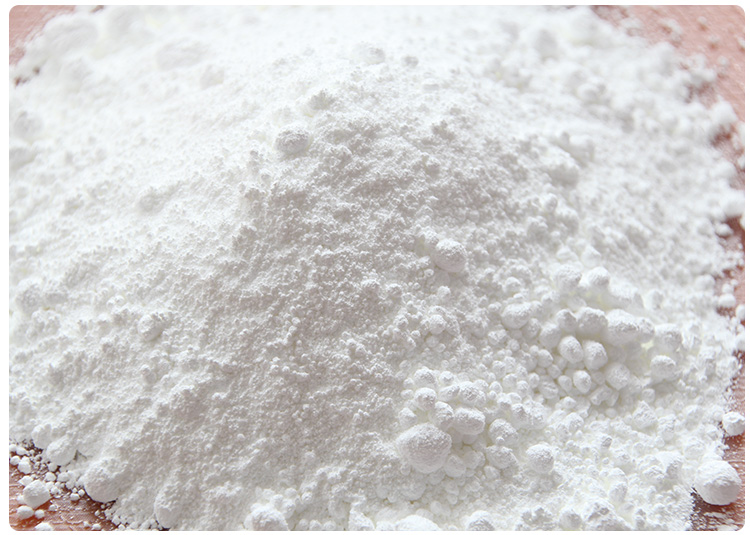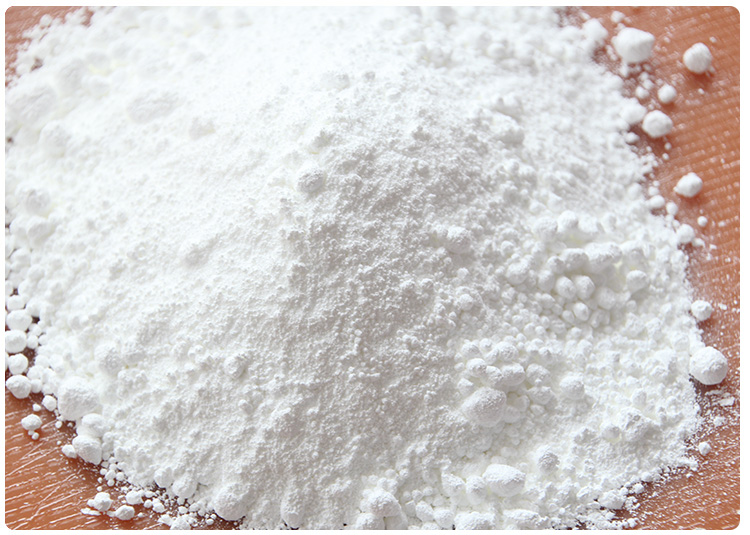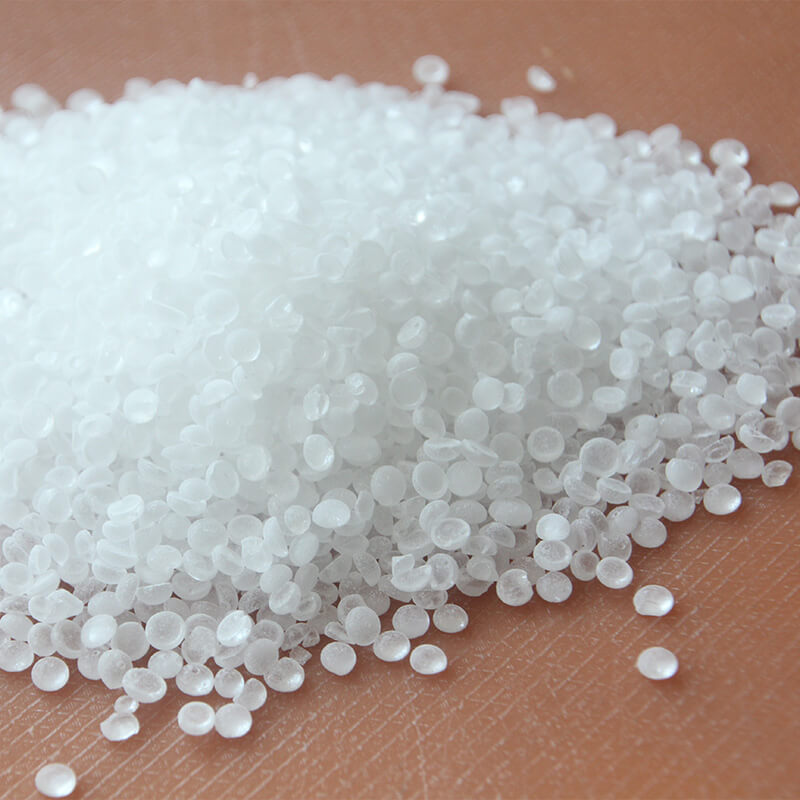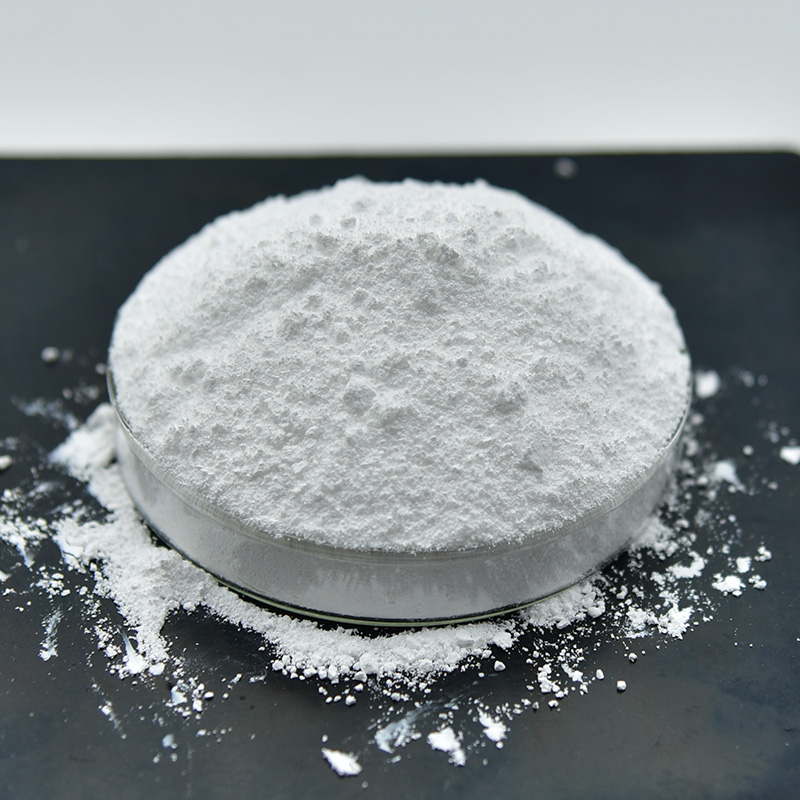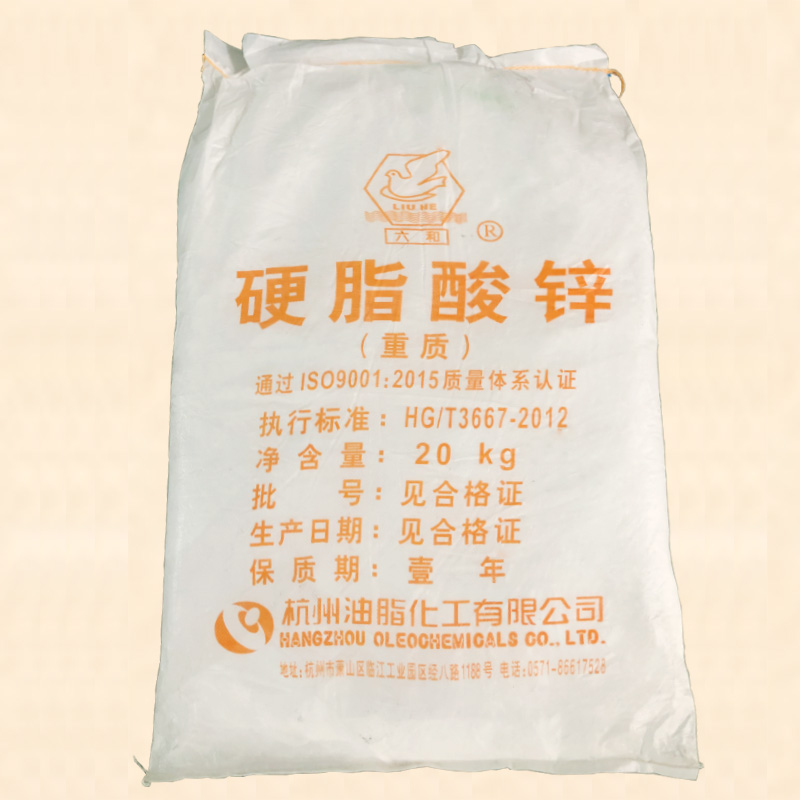Commonly used accelerators for rubber vulcanization
- Mingpai
- 2024-06-07 10:34:33
Rubber vulcanization is a critical process in the rubber industry, and numerous accelerators are employed to optimize this process, each with its unique characteristics and benefits. Here are some of the most commonly used accelerators in rubber vulcanization:
Sulfur: Although technically not an accelerator but a curing agent, sulfur is fundamental to vulcanization. It forms cross-links between rubber polymer chains, turning the rubber from a plastic state into an elastic one.
ZDC / ZDBC (Zinc Diethyl Dithiocarbamate / Zinc Dibutyl Dithiocarbamate): Known as accelerators ZDC and ZDBC respectively, these compounds are versatile and widely used in various rubber types, offering good acceleration and scorch safety.
TBBS (N-Tertiary Butyl-2-Benzothiazole Sulfenamide): A sulfenamide accelerator, TBBS is known for its excellent scorch safety, delayed action, and ability to promote a more uniform cure, particularly suited for high-performance applications.
CBS (Cyclohexylbenzothiazole Sulfide): Another sulfenamide accelerator, CBS provides similar benefits to TBBS, with good scorch resistance and improved modulus and fatigue resistance in rubber compounds.
DPG (Diphenylguanidine): An amine accelerator, DPG is a strong accelerator often used in combination with other accelerators to boost the cure rate, but it requires careful handling due to its tendency to cause scorching.
TMTD (Tetramethylthiuram Disulfide): A thiuram accelerator, TMTD is fast-acting and promotes efficient sulfur dispersion, making it suitable for quick-cure applications. It's also used in blends to improve processing safety.
MBT (Mercaptobenzothiazole): A primary accelerator, MBT is a cost-effective option that reacts directly with sulfur to promote cross-linking. It's versatile but requires attention to scorch control.
Resorcinol and Resorcinol-Formaldehyde Latex (RFL): Although not traditional accelerators, these compounds are used as adhesion promoters and can also influence the vulcanization process, particularly in applications like tire cords and rubber-to-metal bonding.
Guards or Inhibitors (e.g., Stearic Acid, Wax): These aren't accelerators but are used to regulate the vulcanization process by acting as scorch inhibitors, ensuring the compound doesn't cure prematurely during mixing or processing.
Each accelerator or blend of accelerators is selected based on the specific requirements of the rubber compound, such as the type of rubber being vulcanized, the desired physical properties of the final product, processing conditions, and regulatory considerations.



